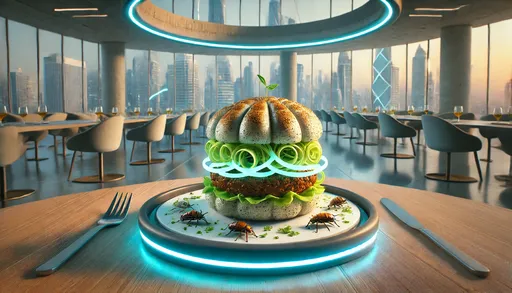By the year 2050, it is estimated that ten billion people will live on Earth - the majority of them in urban areas. This is a good reason to ponder on how the world can feed so many people and face the fact that we need to find new ways. The effects of climate change are hitting agriculture the hardest: heatwaves, extreme drought, and altered rainfall patterns reduce the crop yields. The consequence would be to expand the cultivation areas - a downward spiral, as deforestation or the operation of monocultures contribute to further global warming. Apart from that, agriculture is one of the main contributors to climate change, as the production of food emits large amounts of greenhouse gases and consumes a quarter of the world's fresh water.
Food demand will increase by about 60 percent by 2050
More people means an increasing demand for food. To prevent further advancement of global warming through farming and animal husbandry and the associated resource consumption, it is urgently necessary to continue research into possible alternatives. The fact is that if the world population reduces its still very high meat consumption, a significant step towards achieving the Paris climate goals would be made. We humans must learn to use food that requires less resources in production, but maintains the same quality and healthy ingredients.





